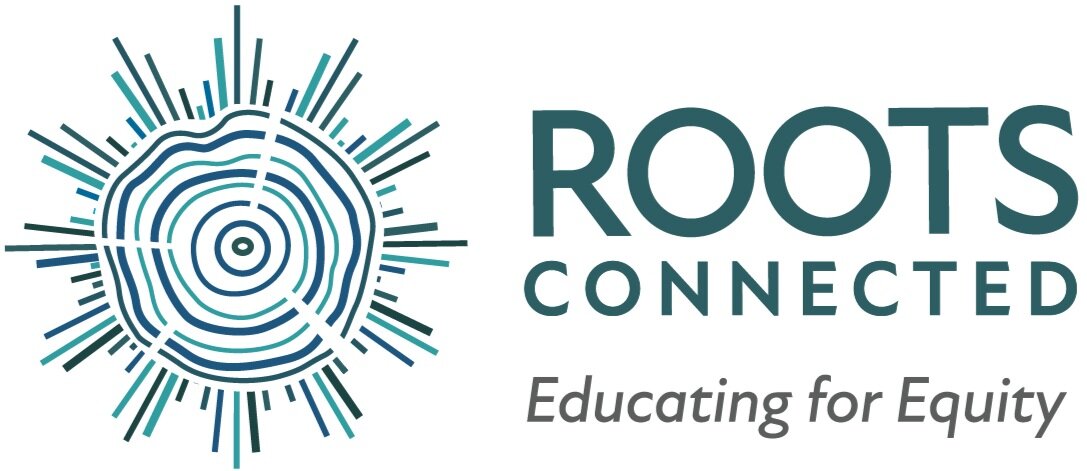Setting Clear Norms: Supporting Meaningful Conversations for Students and Staff
One of the most critical components of setting up intentional anti-bias communities where meaningful, as well as tough, conversations can take place, is having a strong set of norms. Setting up norms contributes to establishing and maintaining a community where people feel safe, valued, and heard.
In the classroom, it supports children to take risks and learn from one another. Setting and maintaining clear classroom norms allows the diversity in experiences and perspectives to be assets and creates the space to build connections and work through challenging moments with principles to guide actions, words and reactions. Norms are not impersonal or abstract. They are concrete, accessible and shared understandings agreed upon by the whole community. Most importantly, having norms creates a community built on trust, respect, and understanding.
Being very explicit about the why behind norms makes them meaningful for students and will contribute to their ability to create them in later years. Having students generate the importance and answer the why helps to gauge why it has meaning for them and makes the purpose clear to them. Norms can be created in the following ways:
Co-created together as a community
Through the use of scenarios and asking guiding questions
Interactive modeling
Shared experiences or read alouds as a reference
A previous list of possible agreements can be presented that students choose from
Whatever the norms are, it is important that they are regularly referred to and students are given an opportunity to practice them. Creating an opportunity to be successful in a low stake setting is important before these norms live and are applied in more challenging situations. It provides an opportunity to make it clear how these norms have purpose and allows members of the community to take care of themselves and others.
Norms need to live in and be visually accessible to children in classrooms and should be referred to often, whether drawing attention to a successful use of norms and naming that for kids or reflecting on how to better apply a norm in the community. It is important to revisit the norms and revise them accordingly as needs emerge. This contributes to them staying meaningful and relevant.
Similarly, norms can and should be created and consistently used for coming together as adults during staff professional development, particularly when wanting to create vulnerable spaces for connection and deeper understanding around identity, bias, and equity. Below are some examples of norms that can be used for adult learning, norms that contribute to creating brave spaces:
Share from your own experience and work hard to understand the perspectives of others
Lean into discomfort
Practice listening: only one person shares at a time
What is said here stays here, what is learned here leaves here
Accept non closure
Speak up when something doesn’t sit right and strive to be an active upstander
Participate at your 100%
As is the case for classrooms, norms in adult spaces should be revisited often and become part of consistent practice. Having norms creates shared expectations around the space to be created, allowing for a depth of conversation and connection. The parallel process of norms for adults and students also develops a sense of mutual understanding, strengthening community and laying a foundation for strong anti-bias communities.



